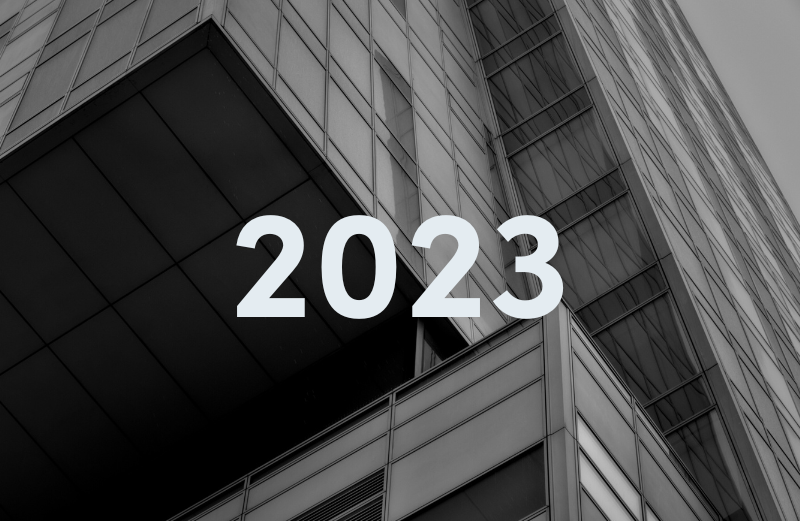Curriculum vitae, resume, biography or just simple “CV” – an important document for every #freelancer that opens the door to your next IT project.

It is necessary to know how to write a good resume. Your CV tells your career story and you can use it to showcase your project portfolio. Together with a reference, it helps clients decide whether you are the right candidate for the project or not.
Let’s take a few minutes to learn how a proper CV should look like. We know that manuals are usually not such fun to read. But it is like following an IKEA manual, LEGO building instructions, or a book of recipes. You have to read it at least once to get it. And then it’s good to practice until you become a real “CV writing expert”.
But if you are a person who likes reading manuals, you will definitely love it. And you will come back to read this article as many times as possible.
Let’s begin!
CV Format
As you write your resume, you always have to think who will read it. Usually, recruiters or sourcing specialist are those who first see a candidate’s CV. They go through many candidate profiles every day, trying to look for skills, experience and other key words.
Therefore, a structured CV is prefered where information is formatted chronologically. That means your resume contains a list of milestones/skills, beginning with the most recent skill. Such CVs are clear, well-arranged and easy to read.
Personal Information
A structured CV has some rules. Let’s start with the “Personal information” section. This part of CV should contain information such as:
- name
- surname
- title
- address (city, country)
- phone number (or SKYPE ID)
- email address
- web page / LinkedIn profile.
Don’t forget to attach a proper photo. Try to avoid pics from a party or vacation as well as photos with a disturbing background. A photo of you wearing sunglasses is not appropriate either. When choosing a photo, always remember it is going to represent you.
Job Experience | Career History
The most important step in a resume is to write about your professional experience and career history.
When describing your job experience, try to use terminology that is typical for industry you’ve worked in (e.g. the banking industry has its specific terminology, as well as telecommunications or IT). It simply means you should use different “professional language” for different jobs (projects) and industries.
Write as much as possible – the more information you give, the better your impression on the recruiters. Don’t hesitate to mention your contribution to the company or industry and your biggest success.
When describing your work experience, always mention:
- name and location of the organisation
- job title/project name
- start & end date of your employment (project)
Let’s have a look at some specific jobs (projects) and information you should include in your resume when describing them:
DEVELOPER
- Participation in the delivery of the whole project or a specific module
- Size of the project
- Team composition, inputs, analyses
- Project management methodology (Waterfall, Scrum, Kanban)
- iOS/Android + app URLs (googleplay/appstore)
- UI/UX – mockups, demos
- WEB or JS Developer + project URLs
A TEMPLATE
| PROJECT NAME (PERIOD) | TITANS – HERCULES portal (2015 – 2020) |
| ROLE | JavaScript Developer, FE Architect |
| PROJECT DESCRIPTION | The aim of the project was to create a CRM customer web portal for a telecommunications company. |
| ACTIVITIES | Designing architecture for a web portal Web portal development Optimising performance of the portal Testing and implementing new functionalities of the portal Code quality control Cooperation within a 15-person team |
| TECHNOLOGY | HTML5, CSS3, JavaScript – ES6, Angular 5, TypeScript, Bootstrap 4, XML, Git, Scrum, MySQL, PostgreSQL, SASS, Gulp, Grunt, Webpack |
SYSTEM ADMINISTRATOR (NETWORK ADMINISTRATOR, DEVOPS)
- Participation in the delivery of the whole project or a specific module
- Size of the project
- Team composition, inputs, analyses
- Project management methodology (Waterfall, Scrum, Kanban)
- iOS/Android + app URLs (googleplay/appstore)
- UI/UX – mockups, demos
- WEB or JS Developer + project URLs
A TEMPLATE
| PROJECT NAME (PERIOD) | TITANS – HERCULES portal (2015 – 2020) |
| ROLE | JavaScript Developer, FE Architect |
| PROJECT DESCRIPTION | The aim of the project was to create a CRM customer web portal for a telecommunications company. |
| ACTIVITIES | Designing architecture for a web portal Web portal development Optimising performance of the portal Testing and implementing new functionalities of the portal Code quality control Cooperation within a 15-person team |
| TECHNOLOGY | HTML5, CSS3, JavaScript – ES6, Angular 5, TypeScript, Bootstrap 4, XML, Git, Scrum, MySQL, PostgreSQL, SASS, Gulp, Grunt, Webpack |
31 280
Titans that have
joined us
660
Clients that have
joined us
435 090
Succcessfully supplied
man-days




